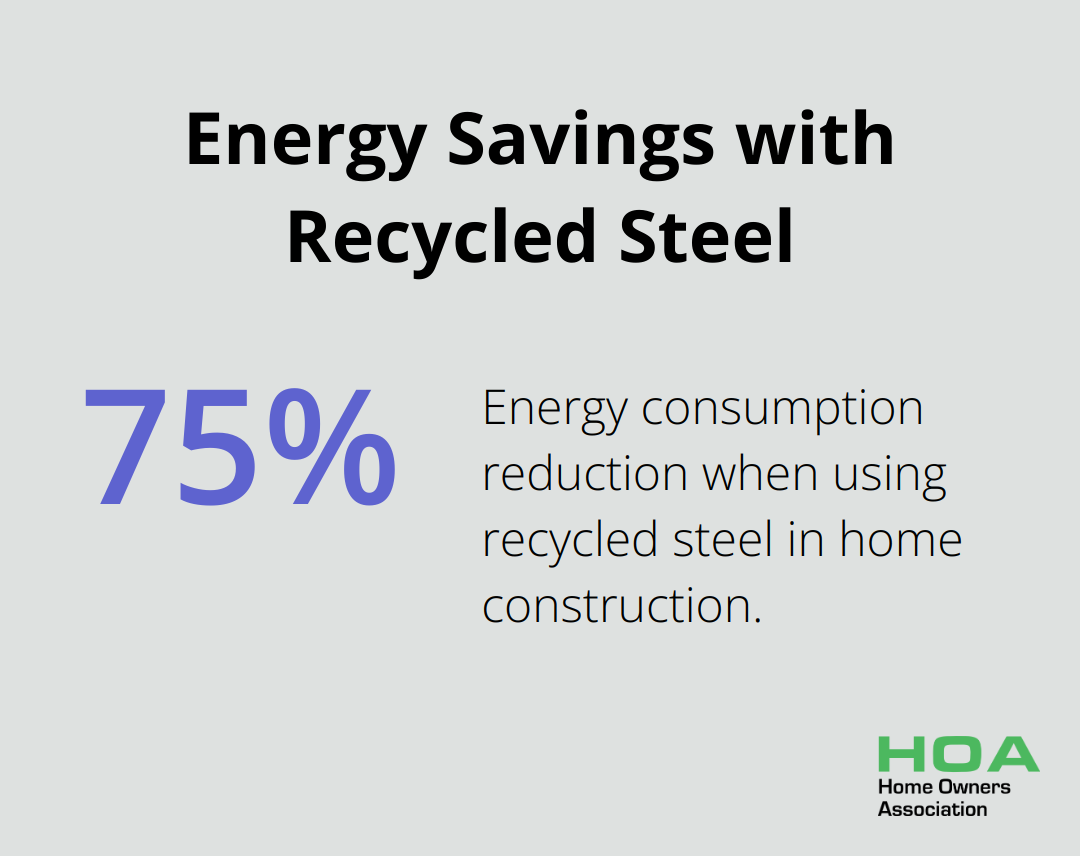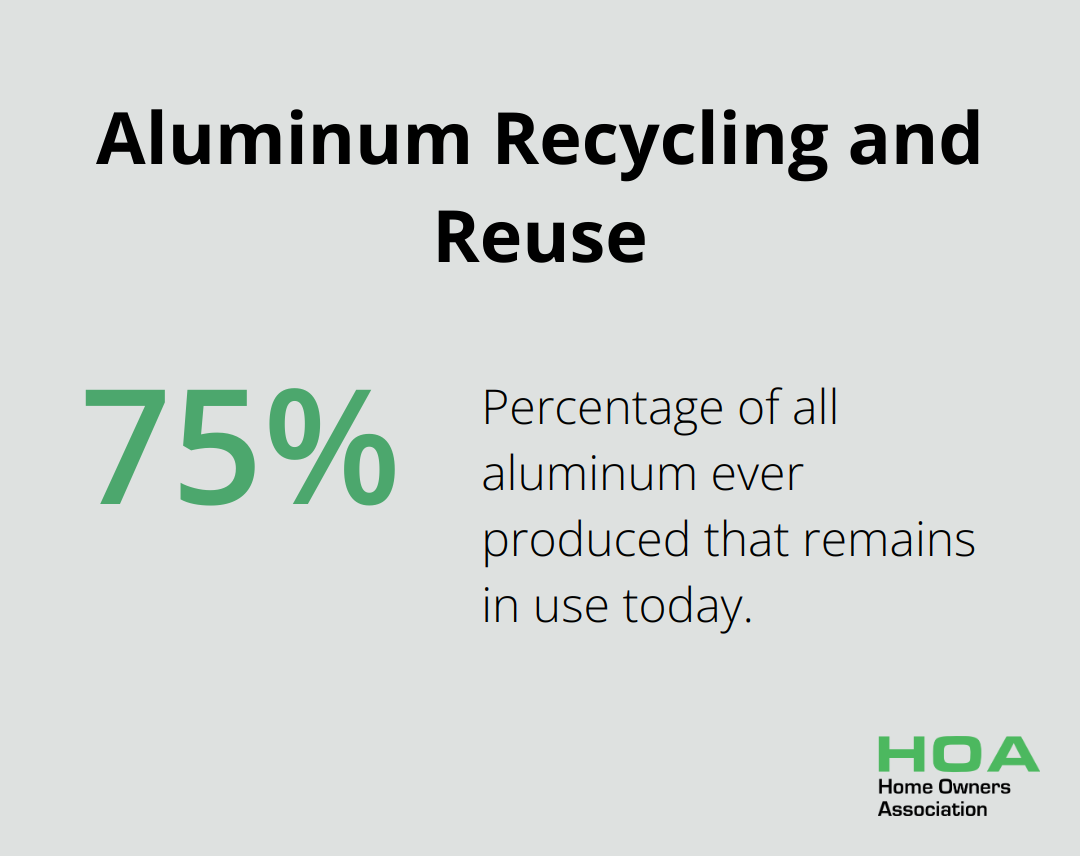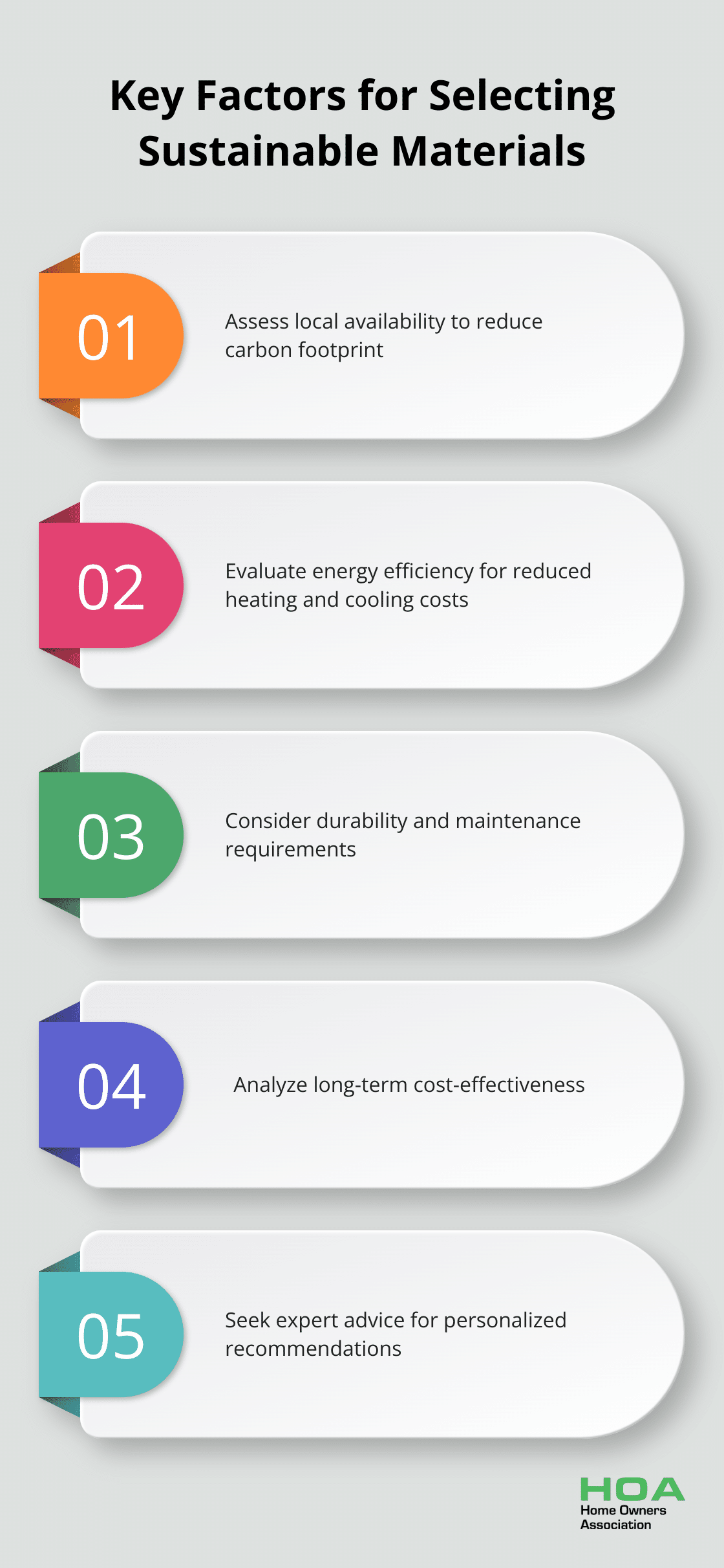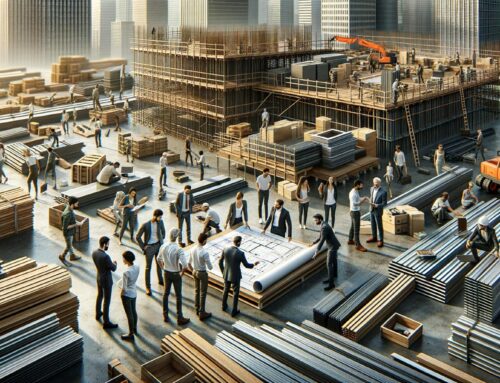
Sustainable house building materials are transforming the construction industry. At Home Owners Association, we’ve seen a growing interest in eco-friendly options that reduce environmental impact without compromising quality.
This guide will explore the best sustainable materials available and provide practical tips for choosing the right ones for your project. We’ll also discuss the long-term benefits of sustainable construction, both for homeowners and the planet.
What Are Sustainable Building Materials?
Definition and Importance
Sustainable building materials form the foundation of eco-friendly construction. These materials minimize environmental impact throughout their lifecycle, from production to disposal. The construction industry has witnessed a significant shift towards these materials as homeowners become more environmentally conscious.
Environmental Impact Considerations
When selecting sustainable materials, it’s important to consider their environmental footprint. This includes factors such as carbon emissions during production, energy efficiency in use, and potential for recycling or biodegradation. The World Steel Association reports that using recycled steel in construction can reduce energy consumption by up to 75% compared to virgin steel production.
Lifecycle Assessment: A Comprehensive Approach
Lifecycle assessment (LCA) is an essential method for evaluating the environmental impact of building materials. This approach examines all stages of a material’s life, from raw material extraction to end-of-life disposal. Green Star rating tools assess projects using a point score system under various categories to evaluate their environmental performance.
Practical Considerations for Homeowners
Durability is a key factor in choosing sustainable materials. Materials that last longer reduce the need for replacements and repairs. For instance, fiber cement siding is known for its resistance to termites, rot, and fire, making it a long-lasting option.
Energy efficiency is another critical aspect. Materials with high insulation properties, such as hempcrete, can reduce heating and cooling costs by up to 50% compared to conventional materials (according to a study by the University of Bath).
Local Sourcing and Availability
The use of locally sourced materials reduces transportation emissions and supports the local economy. The Australian Government’s YourHome initiative recommends prioritizing materials produced within a 500km radius to minimize transport-related environmental impact.
As we move forward, it’s important to understand the specific types of sustainable building materials available in the market. Let’s explore some popular options that homeowners can consider for their construction projects.
Sustainable Building Materials for Modern Homes
Recycled Steel and Aluminum: Strength Meets Sustainability
Recycled steel and aluminum have revolutionized sustainable construction. The data indicates that steel stands as the top recycled material worldwide since 90% of building steel gets reused. When you use recycled steel in your home’s framework, you can cut energy consumption by up to 75% compared to virgin steel production.

Aluminum, another highly recyclable material, maintains its properties indefinitely through reuse. The Aluminum Association confirms that nearly 75% of all aluminum ever produced remains in use today. This makes aluminum an excellent choice for roofing, window frames, and siding in sustainable home construction.

Bamboo and Reclaimed Wood: Natural Beauty with a Green Edge
Bamboo has quickly become a favorite in sustainable building. Its rapid growth cycle (reaching maturity in just 3-5 years, compared to 20-120 years for most softwoods) makes bamboo a highly renewable resource.
Reclaimed wood adds character to homes while promoting sustainability. The U.S. Forest Products Laboratory estimates that reclaiming wood uses 13 times less energy than processing new lumber. This makes it ideal for flooring, beams, and decorative elements in eco-friendly homes.
Innovative Materials: Hempcrete and Strawbale
Hempcrete, a mixture of hemp hurds and lime, has gained traction in sustainable construction. This lightweight material provides excellent insulation and resists mold and pests naturally. Hempcrete is known for its excellent insulation properties, helping to keep energy costs down. It minimizes energy loss, resulting in more efficient heating and cooling.
Strawbale construction, while less common, offers impressive insulation properties. The California Straw Building Association reports that strawbale walls can provide an R-value of R-30 to R-40 (significantly higher than standard insulation materials).
Recycled Plastic and Glass: Turning Waste into Building Blocks
Innovative companies have started to transform plastic waste into durable building materials. These recycled plastic products can replace traditional wood in applications like decking and fencing, offering longer lifespans and reduced maintenance needs.
Recycled glass has found its way into construction as well. When ground into a fine powder, it can partially replace cement in concrete mixtures, reducing the carbon footprint of concrete production. Some manufacturers even create attractive countertops and tiles from recycled glass, combining sustainability with unique aesthetics.
As we move forward in our exploration of sustainable building materials, it’s important to consider how to choose the right options for your specific project. Let’s examine the key factors that should influence your decision-making process.
How to Select the Right Sustainable Materials

Assess Local Availability
Sourcing materials locally forms a cornerstone of sustainable construction. Sourcing materials with low embodied energy can reduce your home’s environmental impact. This approach reduces carbon emissions and supports local economies. Using locally quarried stone or harvested timber can significantly decrease your project’s carbon footprint.
Evaluate Energy Efficiency
Energy efficiency takes precedence when selecting sustainable materials. Materials with high insulation properties reduce heating and cooling costs. Hempcrete (a mixture of hemp hurds and lime) offers excellent insulation. A study by the University of Bath found that homes built with hempcrete should provide more favorable thermal characteristics when used within the fabric of a building, potentially reducing heating and cooling costs.
Consider Durability and Maintenance
Long-lasting materials prove inherently more sustainable as they reduce the need for replacements and repairs. Fiber cement siding resists termites, rot, and fire. This durability translates to lower maintenance requirements and reduced waste over time. When considering materials, examine their expected lifespan and maintenance needs to make an informed decision.
Analyze Cost-Effectiveness Over Time
While sustainable materials may have higher upfront costs, they often prove more cost-effective in the long run. Solar panels have seen a significant drop in installation costs in recent years. This reduction, coupled with long-term energy savings, makes solar an increasingly attractive option for homeowners.
When evaluating costs, consider the entire lifecycle of the material. This includes initial purchase price, installation costs, maintenance requirements, energy savings, and potential increases in property value. Home Owners Association members benefit from trade pricing and discounts on many sustainable materials, further enhancing the cost-effectiveness of eco-friendly choices.
Seek Expert Advice
Selecting the right sustainable materials for your specific project can be complex. Consulting with experts can provide valuable insights and help you make informed decisions. These professionals can offer personalized recommendations based on your location, budget, and specific project requirements.
Final Thoughts
Sustainable house building materials play a key role in creating environmentally responsible homes. Homeowners who select these materials reduce their environmental impact and enjoy benefits such as energy savings and improved indoor air quality. The range of sustainable options continues to expand, offering exciting possibilities for eco-conscious construction.
The long-term benefits of sustainable materials extend beyond individual homes to our communities and the planet. As more homeowners choose these options, we collectively contribute to reducing carbon emissions and conserving natural resources. This shift towards eco-friendly construction promotes a more sustainable future for everyone.
Home Owners Association can provide personalized advice on selecting the best sustainable house building materials for your project in Melbourne, Australia. Our team of experts offers tailored recommendations and support to ensure your sustainable building project succeeds. Contact Home Owners Association to start creating a home that aligns with your values and contributes to a greener future.





